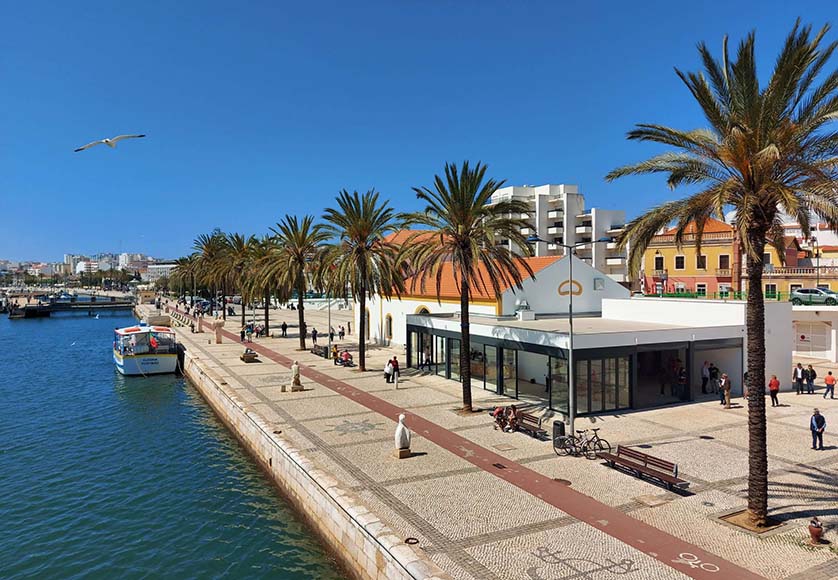
Paris | The European Space Agency (ESA) announced, Friday, that it has selected 11 scientific experiments and small satellites developed by universities and start-ups on board for free on the first Ariane 6 flight, scheduled for the end of the year.
The first flight of the European heavy bomber is a test flight, known as a qualification flight, of the missile officially scheduled for the second half of the year from the Guyana Space Center (CSG) in Kourou.
The rocket will be able to carry up to 11.5 tons to thousands of kilometers, but in its test flight, it had to travel empty to a low orbit, a few hundred kilometers above sea level.
In the fall, the European Space Agency (ESA) launched a call for attention to allow satellites developed by small players to appear on board for free.
Thus the agency, in cooperation with Arianegroup and Arianespace, the companies responsible for building and marketing Ariane 6, selected four science experiments, from a Greek 150g radio-frequency beacon to a 12kg French payload intended to test a theory on electromagnetism. radiation.
The rocket will also carry seven small satellites ranging from 1.3 kg to 26 kg developed by emerging Portuguese, Spanish, German, Slovak or French universities.
Before a qualified launch, an important step is planned from April with joint tests at Kourou where the missile and the new launch pad designed for it will be tested. The actual launch date will largely depend on the progress of these trials.
11 launches after the inaugural launch of Ariane 6 were marketed at this point by Ariane 6.






